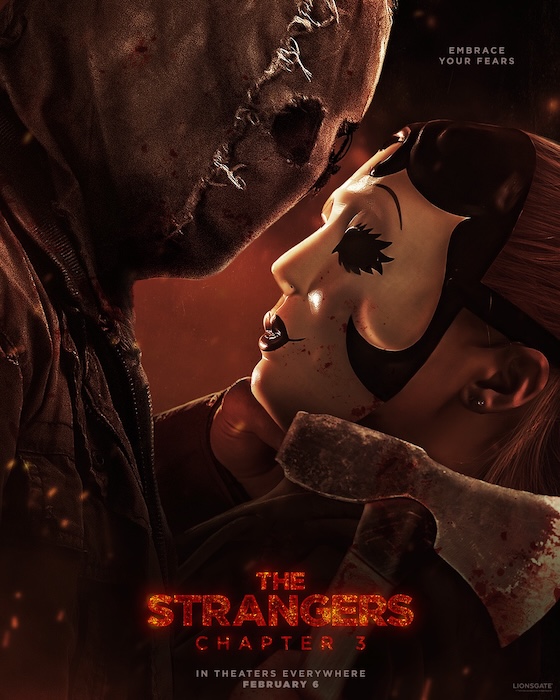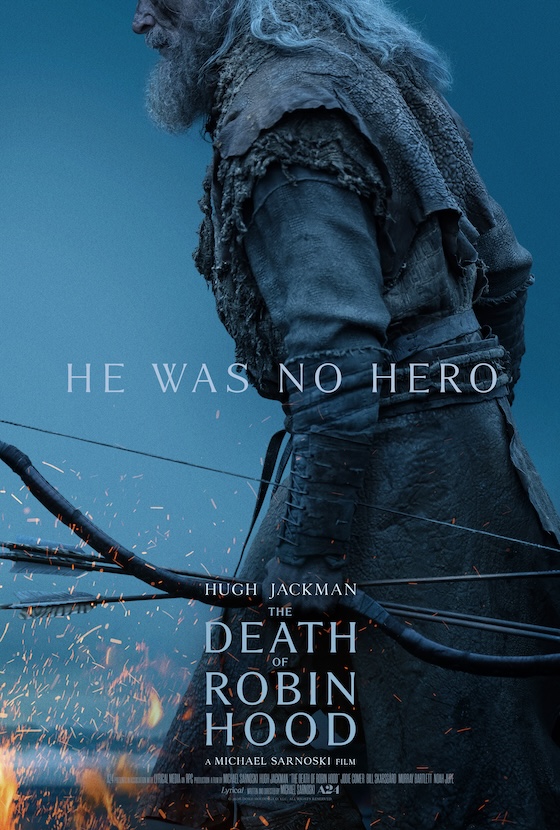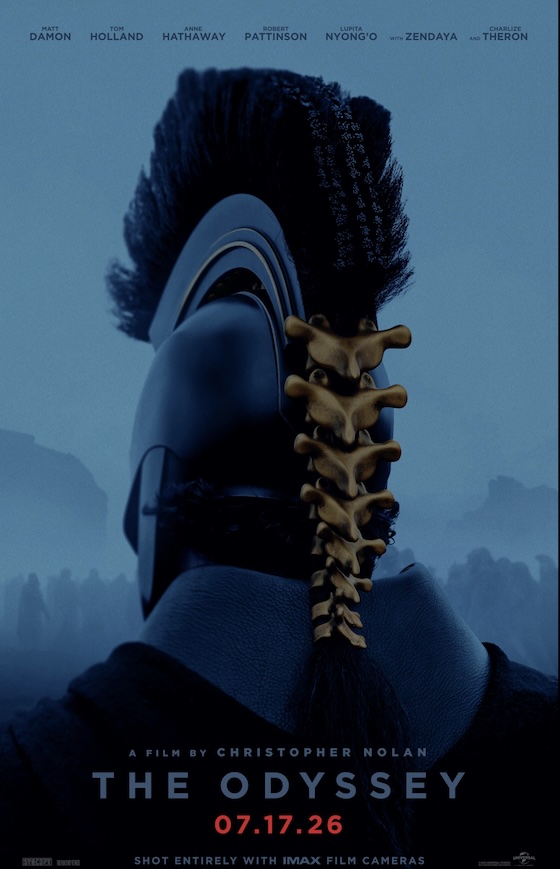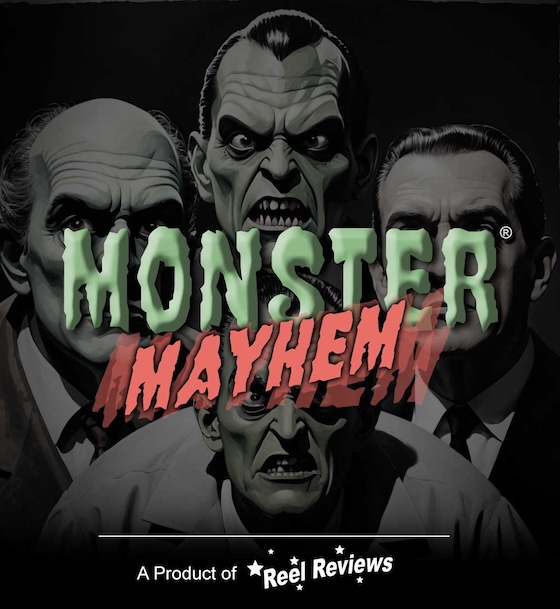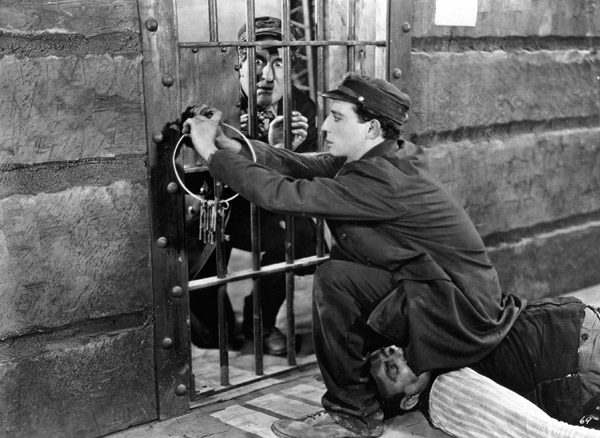
|
Beginning production July 15th, 1927, Steamboat Bill, Jr. and its star, Buster Keaton, faced an uncertain future. The Silent Era was coming to an end, Buster Keaton’s own Independent Productions company was nearly in the tank, and Buster’s marriage to Natalie Talmadge was all awash not unlike The Great Mississippi Flood of 1927. Budgeted at $300,000 (but averaging $400,000 when all the receipts were accounted for), Steamboat Bill, Jr., earning barely a penny more than it’s original budget when it was finally released in 1928, was deemed a domestic failure, resulting in Keaton’s signing with MGM (a move that killed his career and his studio in Hollywood), and ushered in the end of the slapstick era of comedy. Yet, the film resonated with its future audiences and to this day remains on the list of films you MUST see before you die.
Filmed along the Sacramento River in California, Steamboat Bill, Jr. contains hardly any of the seriousness or desperation that surrounded its production. Directed by Chas. F. Reisner and written by Keaton (though credited to Carl Harbaugh), the movie is an absolute joy of cinematic comedy and film history. Incorporating the revolutionary idea that comedy and gags serve to advance the storyline and not gags for the sake of a laugh or two, Keaton delivers one of his finest silent feature-length comedies.
Beginning with the ceremonious arrival of a new Mississippi steamboat, simply called ‘King’, and juxtaposing it with the dilapidated filth of the town’s old steamer, the ‘Stonewall Jackson’ - of which one William Canfield (Ernest Torrence) commandeers, King’s owner, Mr. King (Tom McGuire) and its crew of elitists make clear their intentions of running “that thing Steamboat Bill” pilots out of commission. Downtrodden but determined to best King’s crew because he is a man’s man, Canfield receives a telegram that his son, whom he hasn’t seen since he was a toddler, will arrive to assist him on the steamer. Interpreting this as nothing but good news, he and his first mate (Tom Lewis) fantasize about how tall and well-built Canfield’s son must be. Little do they know that Canfield’s son, Steamboat Bill, Jr. (Keaton) has grown to be a bit of Northeastern dandy with a funny-looking hat, tiny guitar, and pencil moustache. Hardly the man’s man Canfield fantasized about. In a hilarious lead-up to a comedic bit in which a father doesn’t want to recognize his son out of embarrassment, Keaton departs the train on the wrong side of the tracks (this is a film about class after all) and wanders from one man to the next looking for his father. In his telegram, he indicated he would be wearing a carnation to make him more identifiable, but so is every other person who departed the train.
The next series of gags explore the differences between Steamboat Bill and his son and their expectations for each other. They also play off mutual disappointment (after all this low class worker isn’t the man Keaton had envisioned as his father) and role reversal. Much to his father’s shock, his son can sing and dance and entertain the smallest of babes (after accidentally sitting on its stroller), but that doesn’t make him useful to a steamboat captain. While they are gags, the differences between father and son work from within the storyline pushing the narrative forward, never slowing it toward its crescendo.
One of the best – and most unforgettable – gags involves Keaton getting a new hat because his father can’t stand the beret. Keaton’s great stone face is played to its full potential as hat after hat is placed on his head. Obviously, the two have differing tastes. Keaton poses for the hats he likes, but expresses nothing with his lips. Everything is communicated with the eyes – even disappointment. What he likes – which are the most ridiculous and fancy of hats – and what he doesn’t care for (everything his father picks out and his trademarked porkpie hat). Once his father settles on the right hat for boat work, they step outside and the new straw hat blows off Keaton’s head, leaving Keaton with only the silly beret to put back on…much to his father’s disappointment.
One of the primary conflicts in Steamboat Bill, Jr. is Keaton’s refusal to conform to his father’s wishes. Deepening the gulf between them, Keaton’s father marches him into the barber shop, commands the haircutter to remove the “barnacle” from his lip, and leaves Keaton alone. Sitting in the other chair is Keaton’s love interest: Mary King, Mr. King’s daughter (Marion Byron). After helping him get a hilarious naval uniform (his work clothes for the boat), King’s daughter distracts Keaton just enough to annoy his father and his first mate even more than he already has. An epic tug-of-war ensues resulting in a rivalry between the two river boat companies.
Throughout the picture, Keaton is a fish out of water. He doesn’t belong on the boat. That’s evident by his steering, in which Steamboat Bill has to tell him the difference between running and wrecking a boat. Yet, Keaton’s hilariously-timed mishaps on the boat do more to orchestrate the family feud between the Canfields and the Kings, which earns Keaton some much needed respect from his father. Through it all Keaton’s romance with Mary blossoms to the point that he must disobey to be truly happy in life. This is classic Hollywood stuff here. Proof enough that the silent era had a huge influence on the industry before the talking pictures took over.
Climaxing with the most memorable stunt work of Keaton’s career – the cyclone and the collapsing house frame around him – Steamboat Bill, Jr. takes a deserved indulgence into a series of endless gags concerning Mother Nature. Maybe because Keaton had worked so hard to build up heavy enough momentum in the narrative, the sudden cyclone and the resulting gags as Buster races to save his father, Mary, and Mr. King (so that he can wed his daughter) definitely stall the storyline, but nonetheless do get our hero to the end goal. And, yes, we forgive him. The execution and the performance and the timing of those stunts are LEGENDARY. The one shot of the wall falling, with Keaton standing in the window frame as it falls around him is a triumph of stunt work. Could this have been done differently? Certainly. At this point in cinema’s development, the camera could trick its audience with quick edits of a wall falling and cutting back to Keaton, but it doesn’t. In a single take, Keaton wants to show how just how precise his comedic sensibilities are. The result, as the wall falls, and Keaton obliviously stands in front of it, is a stunning testimony to his remarkable performing talents.
Technically brilliant, the hospital bed turned automobile, the collapsing frame, the wind blown effects, and the wire work in the suspension of a tree for Keaton to “ride” during the final moments of the cyclone all remain highlights in the annals of film history. Through it all, Keaton remains expressionless. His double-take glances sell the comedy in spite of his stone face. He takes a fall like none other and plays the clumsy acrobat masterfully. Always fearless with his stunts and spot-on with story structure (in spite of a few successful indulgences), Keaton’s Steamboat Bill, Jr. is the breathtakingly perfect example of the silent film era’s use of comedic realism in the classical sense of narrow escapes.
|
||||||||||||||||||
Blu-ray Details:
Available on Blu-ray - July 6, 2010
Screen Formats: 1.33:1
Subtitles:
Audio: DTS-HD Master 5.1
Discs: Blu-ray Disc; Single disc (1 BD)
KINO rocked a hardcore transfer of pure bliss on this release. The film is over 80 years old and has few picture flaws. There are a few scratches, maybe a tad more than the release of The General last year. Regardless, this feat is INCREDIBLE. It is truly a treat to see this picture with such detail, contrast, and grain. The clean and crisp soundtrack, with a new music track recorded by The Biograph Players, is presented in DTS-HD Master 5.1. You also can choose the same score in 2.0 stereo, or an organ accompaniment by Lee Erwin. A piano score by William Perry is also available.
Supplements offer a surface understanding of the film’s history, but really don’t do the film justice. The disc should include a proper making of featurette and it doesn’t. The features are as follows:
Supplements:
Alternate Version (from Killiam): this is a feature-length version of Steamboat Bill, Jr. comprised of many different takes and camera angles than the released version, with differing results. The biggest one is that Keaton is more animated – which is unusual.
Featurettes:
- Visual Essay (13 mins): an all too brief documentary concerning the making of the film and what happened to Keaton’s career after the film was released.
- Why They Call Him Buster (1 min): a classic era-produced montage of pratfalls that runs entirely too short that shows off some of his largely ignored sound features.
Photo Gallery:
- Stills gallery: 37 images from the making of the film are presented.
Finally, there are two vintage recordings of the folk song Steamboat Bill, one by Edward Meeker from 1911 and the other recorded by Irving Kaufman from 1919.
{pgomakase}

